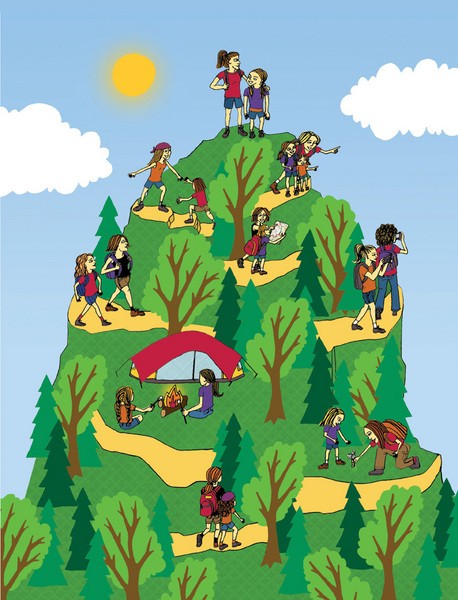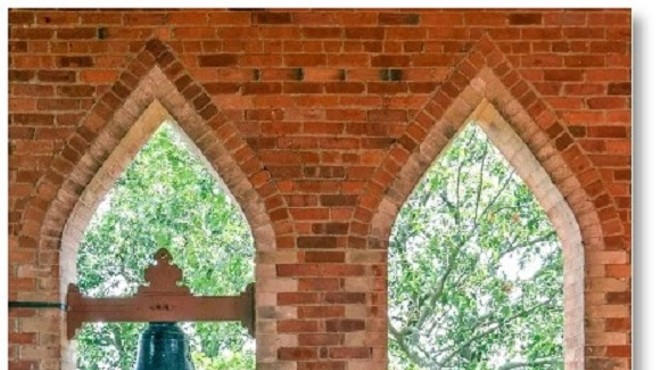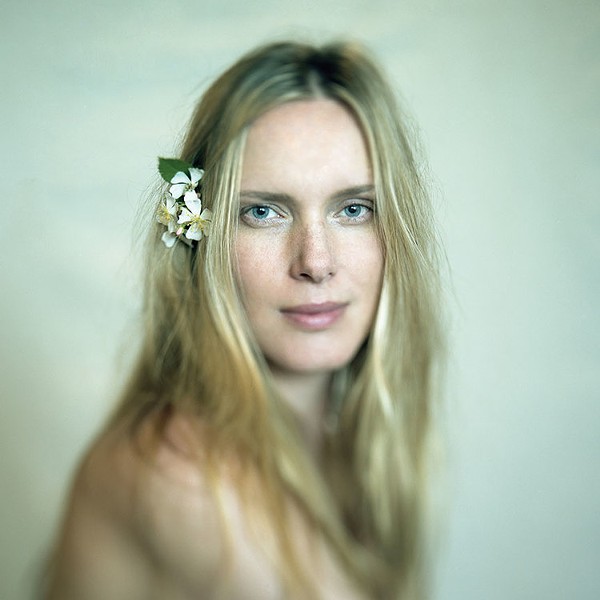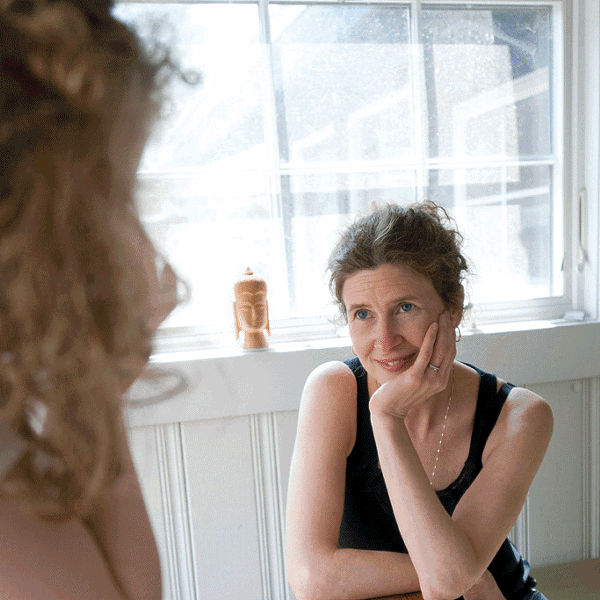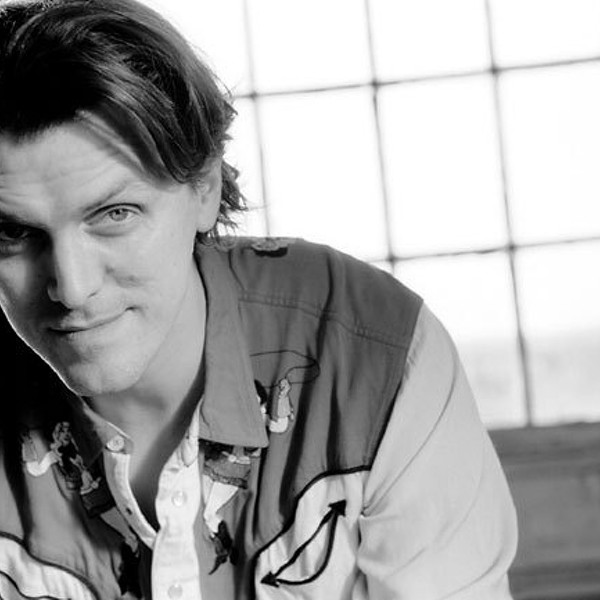White Tail Trekking is designed to model multigenerational connections by having mentors of two generations for the teens. Esperanza Gonzales is one of the younger mentors (in her twenties) and is herself in a program, Wolf Initiative, with women a generation older. “They are mentoring us, and we’re working on how we communicate as a mentor for girls,” she explains. “We treat each other with respect and care, and that trickles down to the younger girls.”
Whatever Gonzales learns—both in skills and in relating among generations—she can model for the teen girls just below her on the age scale. “We had a three-day-campout training and initiation for the 12- to 15-year-olds, who we invited to be counselors for the younger kids at Wild Earth. We gave them challenges to tap into their talents and deepen their connection to nature and themselves, and strengthen what they can offer the younger children. It’s an amazing program and a wonderful community to be part of.”
What’s more, young people in multigenerational mentoring programs are reviving an endangered perspective: appreciating elders. Gonzales sees it firsthand: “If the elders are taking care of the folks just below them, and every generation is taking care of the generation below, a connection is created that goes both ways. Every time we have an elder as a guest, they get the first meal and the best seat. There is a very real reverence for the elderly in the kids who have grown up with this. We are told to respect our elders, but you have to see it modeled or it’s not going to happen.”
Growing a Community
Girls and women in mentoring relationships describe rich and enduring connections. “With all the families I’ve met along the way,” says Gonzales, “and the little girls and teens, it’s become more about the between times than the formal programs. It’s about being like an older sister. We go out to movies, have dinner, and become everyday friends. The same for the older men and women, like when they call or stop by when I’m sick, or have me over for dinner—the relationships really start developing.”
Of this community-weaving phenomenon, Purvis perceives that “we’re trying to recreate something that used to be naturally occurring in tribal settings or extended families. It’s not a new concept, but now the nuclear family keeps us separate in some ways.” Purvis is not suggesting we live in tribes of old, but rather cites a new community paradigm, as described by West African elder Malidoma Somé in his books Of Water and Spirit and The Healing Wisdom of Africa. “He talks about how such harmony will be created when tribal and modern cultures come together. The modern world has so many ways we can be connected to each other that tribes did not.”
Others in mentoring communities concur that there is healing and hope, not just for us but for future generations, if we expand and weave connections this way. “Mentoring is a recalibration, a recommitting to being a village on this planet,” says Little. “We need to participate in creating the kind of culture that appreciates what we have. I choose nature as the arena, but there are opportunities for mentoring anywhere you listen to one another, and ask what gifts we can give to each other—even if it’s simply the gift of kindness. I have mentors, most of them older than me, but some are younger, and I learn from them, too.”
To start a mentoring community, Little suggests we start by asking those friends who would make good role models to talk to our children, teach them something, or spend time with them. “It’s not just for our own kids,” she says, “but for the rest of the planet.” And as Eliza Sloane, a wise young woman already, counsels, “For people who haven’t had this kind of experience yet, it’s never too late.”
Resources:
Wild Earth Wilderness School www.wildearthprograms.org







